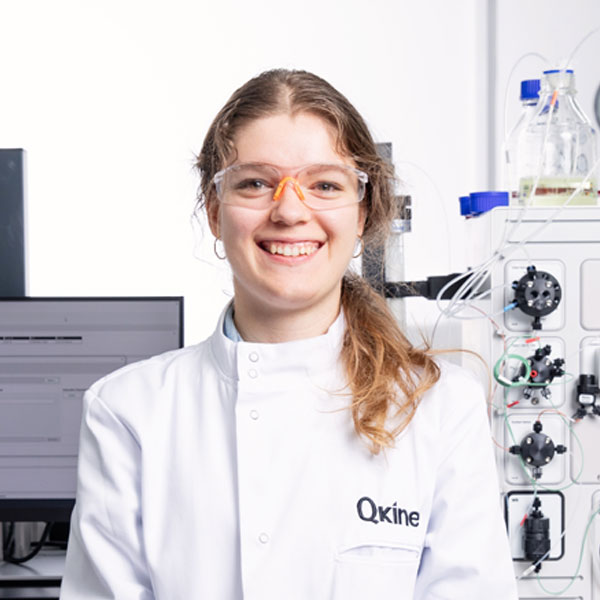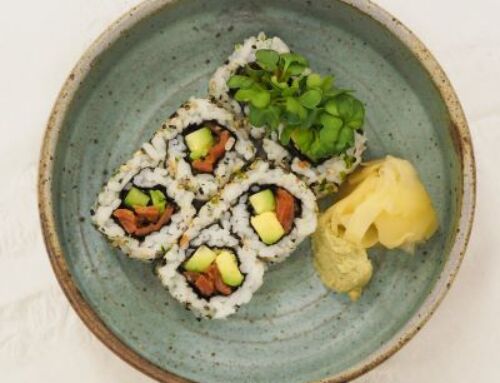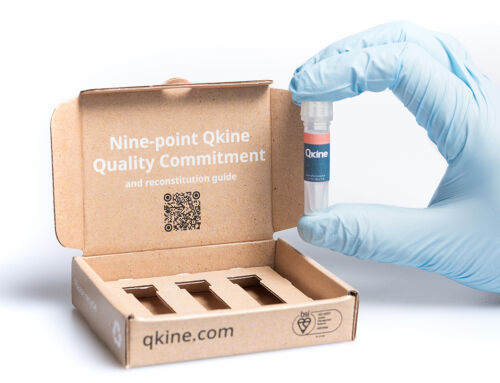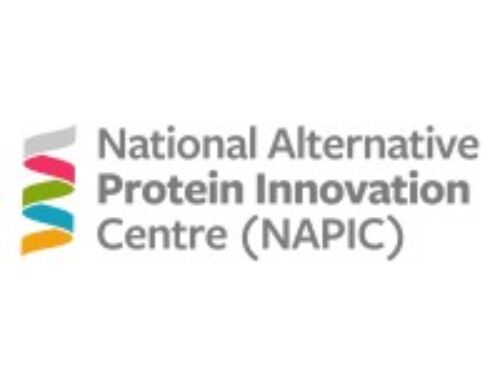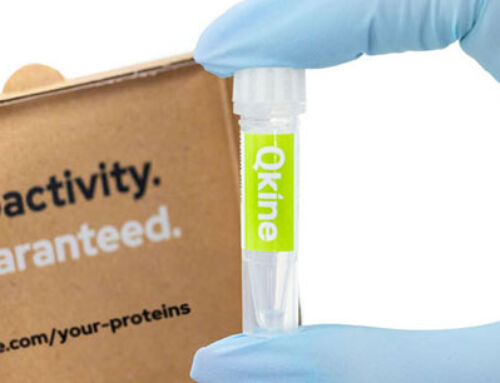Selection of growth factors and cytokines source for the manufacture of cell therapies, tissue-engineered products and translational stem cell research applications
The manufacture of cell and gene therapy products and tissue-engineered regenerative medicine products often requires recombinant proteins such as growth factors and cytokines. These are classified as raw or ancillary materials ie. culture media components or reagents that are not intended to be included in the final product.
The FDA draft guidance on the use of human—and animal-derived materials, published in April 2024, has been incredibly useful to cell therapy manufacturers and raw (ancillary) materials suppliers. It provides greater clarity in the grey area of raw materials qualification for GMP cell therapy and preclinical manufacture.
The “Considerations for the Use of Human- and Animal-Derived Materials in the Manufacture of Cellular and Gene Therapy and Tissue-Engineered Medical Products” guidance helpfully summarizes disparate FDA guidance, ICH glossary tables, 9 CFR parts, and USP general chapters. For an industry commentary on the guidance and its implications for manufacturers, we recommend this accessible article by Sara Mills and Blake Bergam.
Considerations for the selection of protein expression system used to manufacture growth factors for cell therapy and translational studies
Selection of an appropriate protein expression system for production of recombinant culture media components, particularly growth factors and cytokines, is critical to simplify the regulatory path for transition to the clinic whilst providing the most reproducible stem cell culture conditions.
Below are recombinant protein expression systems used for growth factor manufacture, along with brief considerations for use as raw materials and other regulatory considerations. If you have any questions, please contact our scientific support team at support@qkine.com.
| Protein expression system | Common examples | Considerations for use for production of raw / ancillary materials |
|---|---|---|
| Microbial | E.coli and yeast | Can be developed into an animal origin-free manufacturing system. Often cost-effective and high yield. Re-folding from inclusion bodies requires specific expertise. Appropriate for all proteins except those with functional post-translational modification. Note, some post-translational modifications may be present in proteins produced using yeast expression systems, although these may not effectively mimic human proteins. There are few growth factors that required functional post-translational modifications, these include BMP6, Wnt3a and IL-34. |
| Human cells | HEK 293 (human embryonic kidney) | Human-derived material requires additional documentation for the FDA and other regulators including documented conformance to donor testing requirements specified in 21 CFR 610.40 and that the human-derived material has been manufactured using procedures that have been validated to clear or inactivate human adventitious agents. |
| Mammalian cells | CHO (Chinese hamster ovary) NSO (derived from nonsecreting murine myeloma) | Mammalian (and human) cell-based systems have high production costs, but are useful for those proteins requiring post-translational modification or complex or membrane proteins that are not compatible with microbial expression. Often fetal bovine serum (FBS) is used in these culture systems, the source of all animal components in manufacture needs careful testing and risk evaluation. |
| Insect cells | Sf9 and Sf12 cells, silkworm, Drosophilia | Insect-cell based expression systems are often expensive but with high yield. Whole insect systems are relatively new to commercial production. A note of caution is many insect system utilize recombinant baculoviruses (insect viruses) that are not viewed positively for importation and use in some countries including Japan. |
| Plant | Tobacco, Barley, Camelina Sativa, Potato | New to commercial production and often referred to as molecular farming, some proteins include tags and implications of plant glycosylation and post-translational modifications on bioactivity and immunogenicity requires consideration. |
Human- and animal-derived material qualification
The use of human and animal-derived materials for cell therapy and tissue-engineered medical products raises several key issues for risk evaluation, including:
- transmission of adventitious agents
- material lot-to-lot consistency
- material identity, as well as general material qualification considerations.
Alongside the regulatory implications, the source of raw materials and reagents has widespread implications for basic biological activity, reproducibility and development of robust and cost-effective stem cell therapy, tissue-engineered and regenerative medicines.
Engaging with raw material manufacturers early in the development and selection process is critical to obtaining a thorough understanding of the fundamental biochemical quality and bioactivity considerations and ensuring full documentation is available for supplier and material qualification.
Animal-free proteins for reliable biological activity and simplified regulatory evaluation
At Qkine, we advocate using animal origin-free recombinant proteins whenever possible as this has both scientific and regulatory consequences. Scientific complexities arise when using highly bioactive proteins such as BMP4, Activin A and GDF15, with often femtomolar EC50, that can co-purify with closely related proteins if expressed in a mammalian or human cell line. The contamination of the recombinant protein causes issues with reproducibility and interpretation. Read: GDF15 study.
Using animal-free proteins simplifies materials qualification and the regulatory path for preclinical studies. Using animal-free and animal-derived carrier protein-free recombinant proteins also facilitates import-export, allowing greater flexibility on manufacturer location and international collaboration.
To learn more, please refer to: Transitioning to a fully animal origin-free recombinant protein manufacturing process for ethical and sustainable bioproduction.
References
1. Considerations for the Use of Human and Animal-Derived Materials in the Manufacture of Cellular and Gene Therapy and tissue-Engineered Medical Products.
Center for Biologics Evaluation and Research. 2024.
https://www.fda.gov/media/178022/download
Page 8-10 concerns special considerations and requirements for human-derived materials from recombinant protein expression systems such as HEK cells.
2. Chemistry, Manufacturing, and Control (CMC) Information for Human Gene Therapy Investigational New Drug Applications (INDs); Guidance for Industry.
Center for Biologics Evaluation and Research. 2020.
https://www.fda.gov/media/113760/download
Page 14 of the guidance refers to qualification of biologically sourced reagents (ancillary materials)
3. Guidance for Industry: Characterization and Qualification of Cell Substrates and Other Biological Materials Used in the Production of Viral Vaccines for Infectious Disease Indications, February 2010.
https://www.fda.gov/media/78428/download
Additional reading
https://www.ncbi.nlm.nih.gov/pmc/articles/PMC10444560/pdf/main.pdf (International standards)
